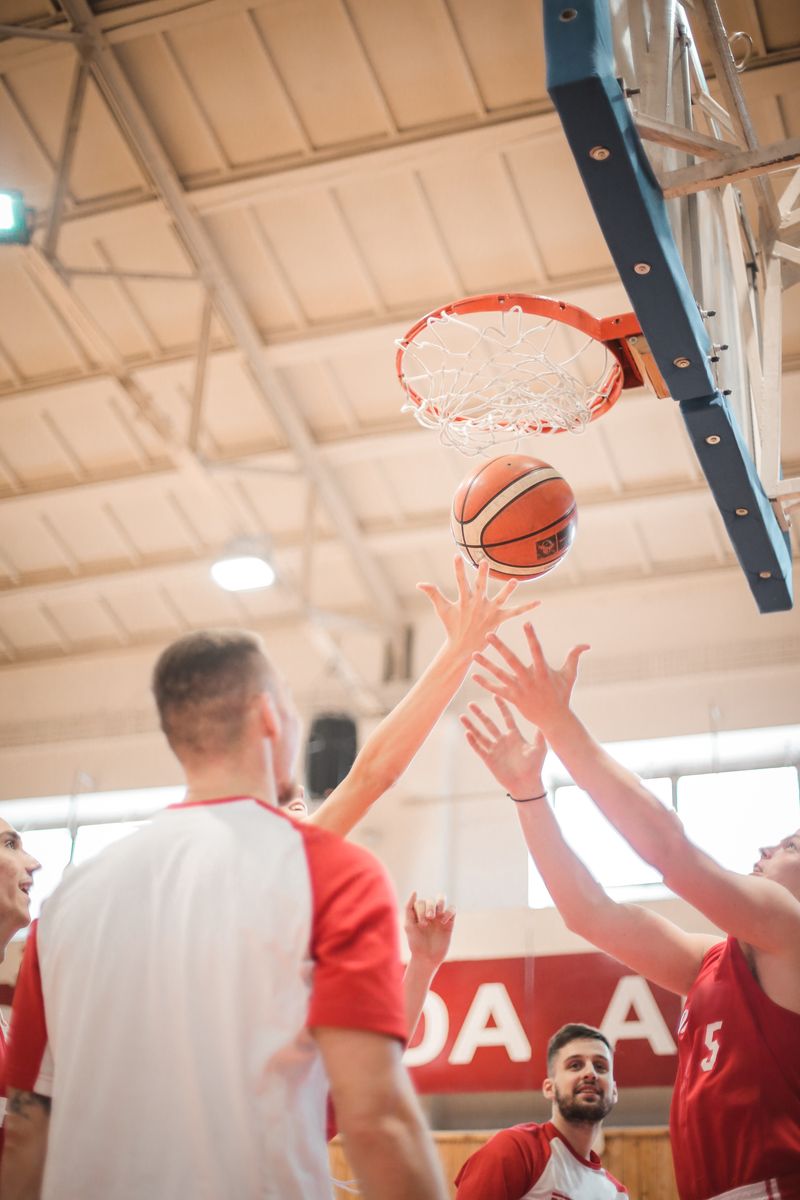Ryder Cup Practice Pairings: A Lesson in Strategy
The Ryder Cup is known for its fierce competition and intense team dynamics. One of the key factors that can make or break a team’s success is the pairing of players in the foursomes and four-ball matches. Captains carefully analyze various factors, including analytics, personality tests, and player lobbying, to make their final decisions. As the 2023 Ryder Cup approaches, the practice pairings offer valuable insights into potential partnerships and strategies for both Team Europe and Team USA.
Learning from History
History can often provide clues about successful pairings in the Ryder Cup. In the case of Team USA, the duo of Patrick Cantlay and Xander Schauffele seems to have clicked well, with a 2-0 record together in the previous edition of the tournament. Jordan Spieth and Justin Thomas have also shown great chemistry, playing together four times and achieving a 3-1 record. These pairings have continued to practice together, indicating a strong likelihood of them playing together in this year’s matches.
Team Europe, on the other hand, faces a changing of the guard with the absence of Ryder Cup mainstays Sergio Garcia, Lee Westwood, and Ian Poulter. This opens up possibilities for experimenting with new partnerships. The duo of Rory McIlroy and Shane Lowry, who suffered a heavy defeat in their last outing as partners, are eager for redemption. However, Captain Luke Donald has yet to reveal his final decisions, leaving room for speculation about potential pairings.
Factors for Consideration
Choosing the right pairings requires a delicate balance between objective data and subjective factors. While statistics and performance data can provide valuable insights, player chemistry and compatibility cannot be overlooked. Team dynamics and the ability to work well under pressure are also crucial considerations. Ultimately, the players’ ability to adapt and perform at their best, regardless of the pairing, is of utmost importance.
The choice of golf ball used by each player is another element to consider. Although players downplay its significance, different golf balls can have varying spin rates and performance characteristics, particularly in windy conditions. Teams need to ensure that players using different golf balls can still complement each other’s game effectively.
Advice for the Captains
Formulating successful pairings is a challenging task for the Ryder Cup captains. While historical data and practice sessions can provide useful insights, it is important for the captains to consider the intangible factors as well. Team chemistry, mental toughness, and adaptability should be taken into account when making decisions.
It may also be beneficial for the captains to hold discussions with the players to understand their preferences and comfort levels. Ultimately, the key to success lies in creating a balanced and cohesive team that can adapt to varying match conditions and perform at the highest level.
Conclusion
The Ryder Cup practice pairings offer a glimpse into the potential partnerships and strategies that both Team Europe and Team USA might employ. The captains must carefully consider a range of factors, including historical success, player chemistry, and adaptability, to create winning combinations.
As the tournament unfolds, it will be fascinating to see how the captains’ choices and strategies play out on the course. The Ryder Cup showcases the pinnacle of team competition in golf, and the pairings will undoubtedly have a significant impact on the outcome of the matches. Players must embrace the opportunities presented to them, capitalizing on their strengths and working together to bring home the coveted Ryder Cup.

<< photo by Mikhail Nilov >>
The image is for illustrative purposes only and does not depict the actual situation.
You might want to read !
- Exploring the Airwaves: Catching the Ryder Cup on TSN
- The Battle for Golf Supremacy: A Complete Guide to Ryder Cup 2023 Tee Times and Schedule
- “Decoding the Future: Analyzing Justin Thomas as the Key Player in the 2023 Ryder Cup Team for the U.S.”
- Michael Gambon’s Legacy: Remembering the Iconic Dumbledore
- Editorial Exploration: The passing of beloved actor Michael Gambon, renowned for his portrayal of Dumbledore, leaves a void in the entertainment world. Reflecting on his life and career, we explore the impact of his iconic role and the legacy he leaves behind.
Title: “Farewell to a Wizard: Remembering Michael Gambon, the Legendary Dumbledore”
- The Ryder Cup: Lessons from Practice Pairings and Past Performances
- Drawing Lessons from Ryder Cup Practice Pairings and Historical Insights
- Stealing the Show: Jays Shake Up the Attack with a 28th Round Pick
- The Rise of Leo Carlsson: Anaheim Ducks Make a Bold Move in the Draft
- The Future of the Ottawa Senators: How the Penguins’ Acquisition of Erik Karlsson Impacts the NHL Landscape
- Troy Terry and the Ducks: A Stellar Divide
- Justin Holl signs $10.2M contract with Red Wings: What does it mean for the team?
- 2023 Horizon Golf Tournament: Exploring the Prize Money Payout
- Battle of the Bases: Yankees vs. Blue Jays Showdown and a Look at the Probable Starting Pitchers
- PSG vs. Marseille: How to Watch Kylian Mbappe in the Free Live Stream and on TV – Your Complete Guide




